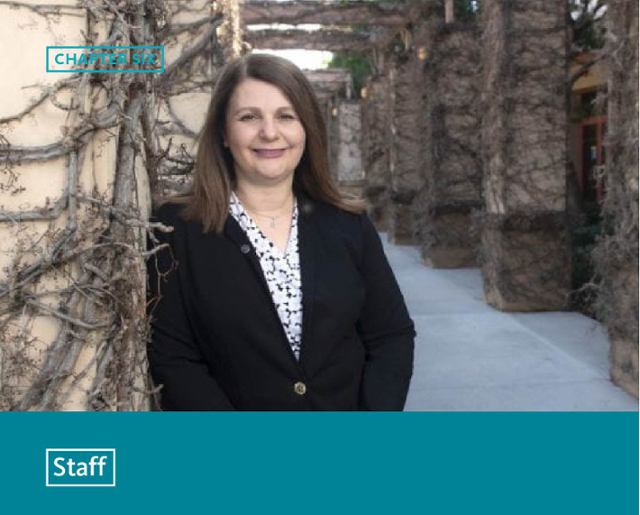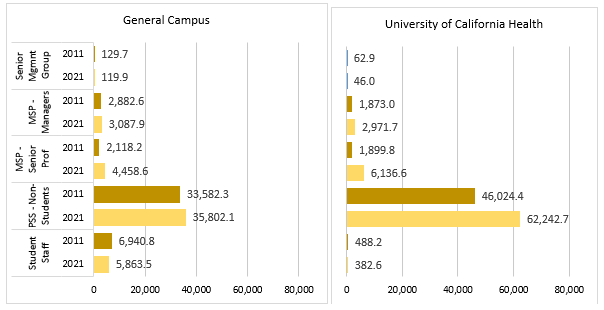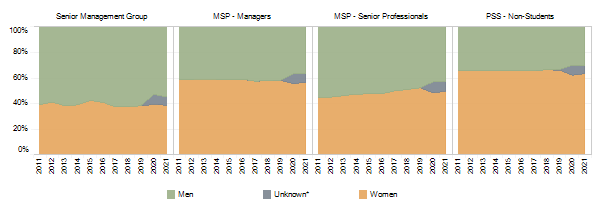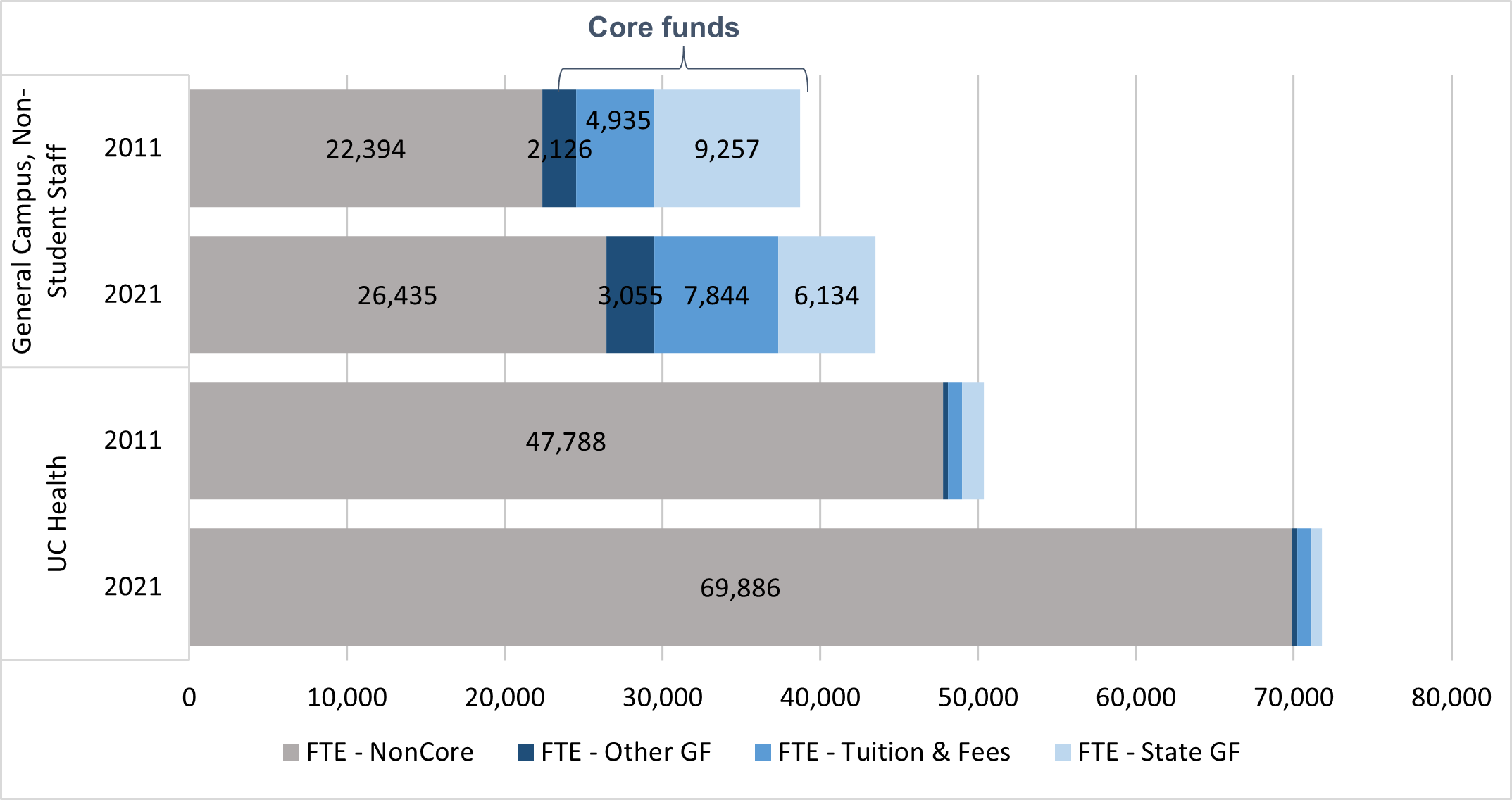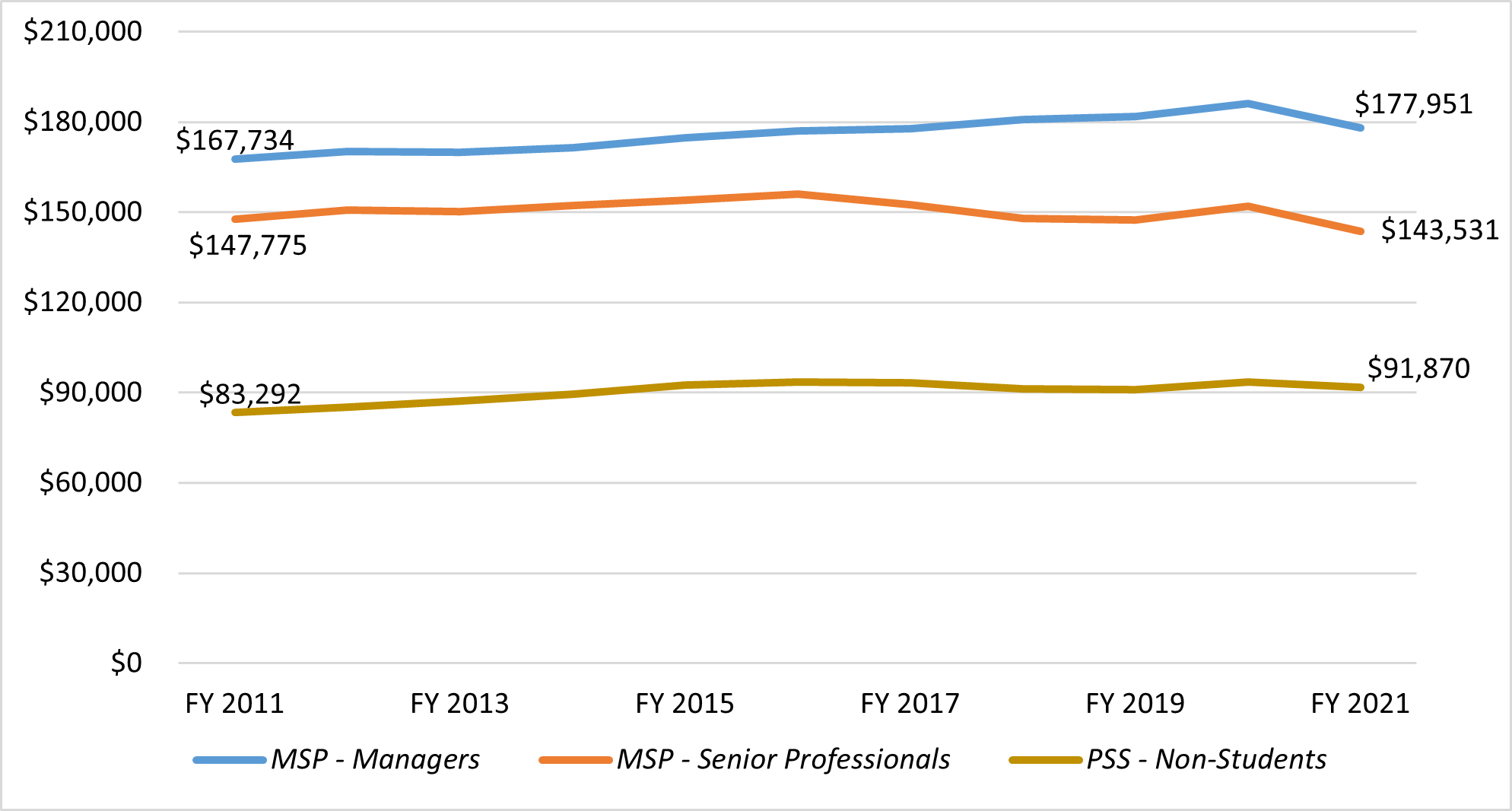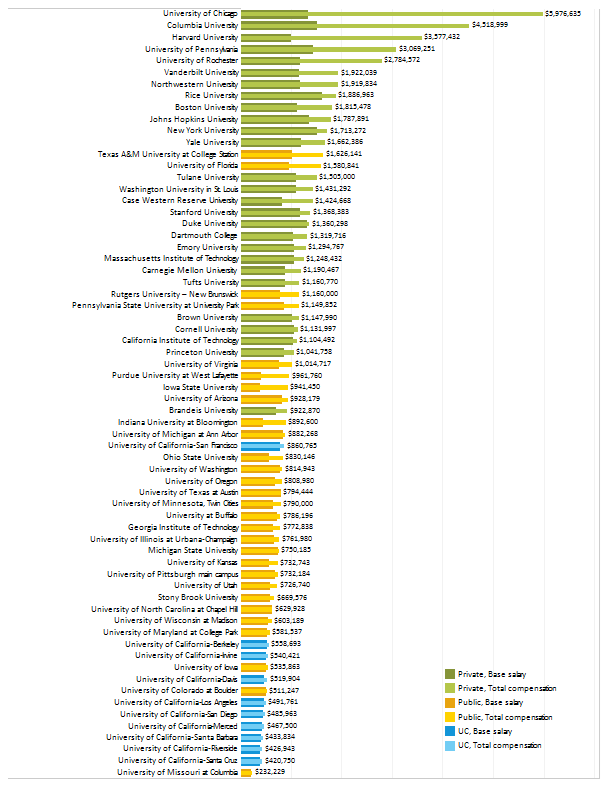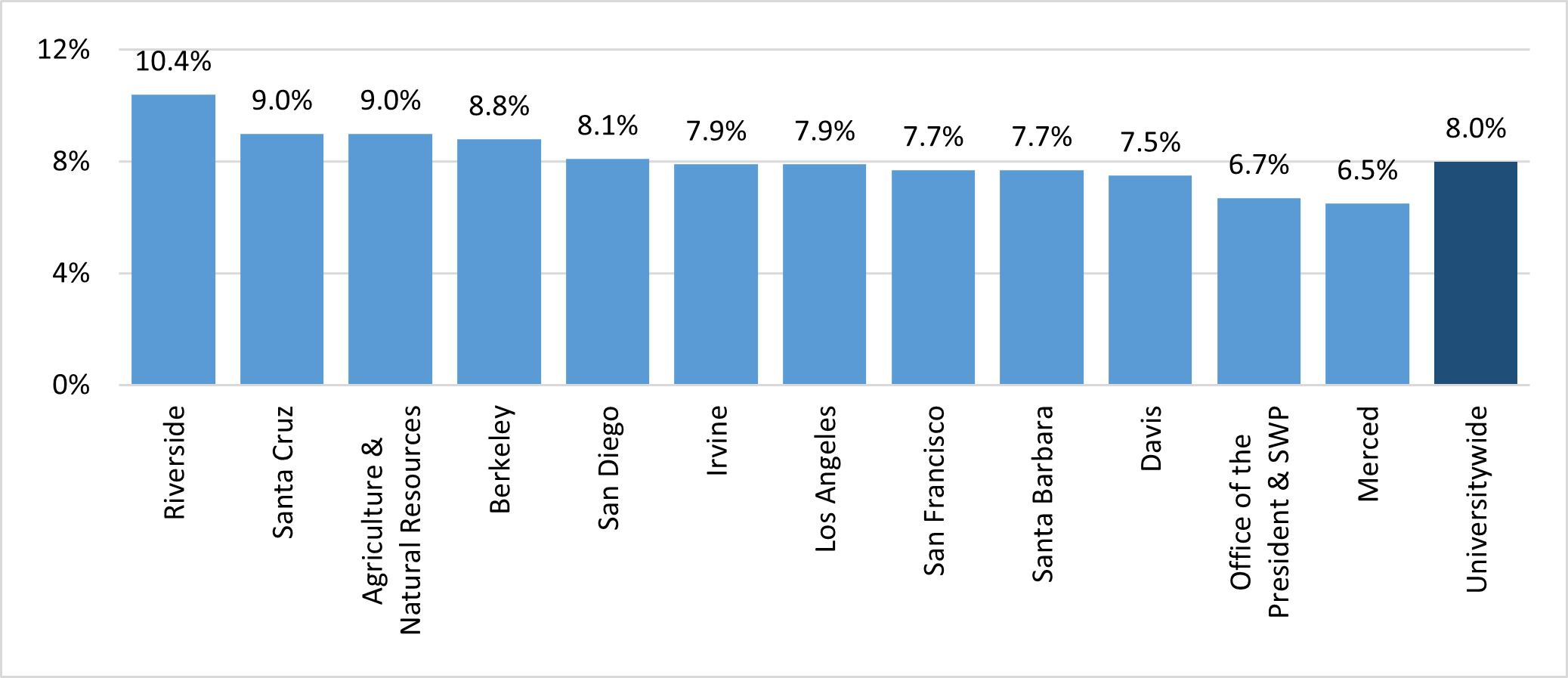“Lack of leadership opportunities can prompt women to leave their careers too soon, feeling unappreciated or unrecognized in the workplace,” says Shohreh Bozorgmehri, founder of Women in Technology at UCI and chair of the advocacy group’s inaugural board of advisors. “It’s important that women have access to a solid network of allies, sponsors or mentors to feel valued and thrive.”
“Women in Technology at UCI was created from the aspiration to bring awareness to the challenges and unique experiences of women and minorities working in tech on campus, Technology is integral to all aspects of the business of higher education, but right now only less than a third of tech professionals are identified as women. By working to develop a more gender-diverse and equitable workplace, we maximize the benefits of diverse perspectives and creative ideas that advance our institution’s mission.”
WiT held an “Allyship That Makes an Impact” webinar in February 2021 that drew 331 attendees for a discussion of how allies can support women and minorities in technology. These conversations inspired the development of the Better Allies Book Club, sponsored by UCI’s Office of Information Technology to support the creation of an inclusive workplace through everyday actions.
In March 2021, WiT launched Applause, an annual peer recognition program spotlighting women who are building a culture of inclusion, equity and empowerment in their IT workplace. The organization has also sponsored career coaching for high-potential women.
“We should also continue challenging bias head-on and practicing a culture of ‘allyship’ to support minority groups. It’s important to acknowledge that anyone could make a difference by becoming an ally to women and minorities.”
Overview
The three-pronged mission of the University of California includes teaching, research, and public service, none of which can be accomplished without the support of staff who organize and facilitate all that is required to do the work of the University. Despite the operational and financial challenges created by the COVID-19 pandemic in 2020 and 2021, UC employees quickly rose to the challenge of engaging in the University’s mission of teaching, research, and service in a remote environment. Recognizing the challenges faced by employees, the University of California adopted numerous programs and exceptions to policy, providing flexibility to the staff to conduct their work.
Non-academic staff employees constitute over 70 percent of UC’s workforce and are responsible for health services, student services, instruction and research support, compliance, and general administration (6.1.1). In October 2021, this group included 158,264 individuals. Overall, this staff workforce represented over 121,520 full-time equivalent (FTE) employees in that month.
Staff workforce
- About six out of every ten UC staff FTE are working for the University of California Health system. These frontline workers (including doctors, nurses, administrators, technicians, and allied health professionals) are playing a critical role in California’s response to the COVID-19 pandemic. Over 97 percent of these employees are supported by non-core funds, typically the revenues generated by hospital services.
- Students often work part-time on campus as part of their financial aid packages or for research experience. As UC campuses returned to in-person instruction, student employee headcount at general campus rose from 18,100 in October 2020 to 27,200 in October 2021.
- General campus, non-student employees are the remainder of the University’s staff, at 43,672 FTE. This includes student services employees, career advisors, IT specialists, research administration, laboratory staff, food and auxiliary service workers, accountants, maintenance and janitorial staff, safety workers, and analysts (6.1.1).
diversity
The University of California is committed to diversity and excellence in its staff workforce. Staff at UC are majority women and increasingly ethnically diverse across all personnel groups (6.1.2). However, there are variations among the different employee groups, with less diversity and women representation among senior positions. A more diverse academic and staff population is an increasingly important attribute of a thriving public research university system.
Staff compensatioN
Over the past decade, UC has relied less on core funds (State funds, tuition and fees, and other general funds) to cover the staff payroll. While UC has about 26,187 more staff FTE than ten years ago — largely due to University of California Health and student staff growth — fewer FTE are paid on core funds (6.2.1). About 17 percent of staff are paid using core funds.
General campus career staff salaries have stayed relatively flat compared to inflation for the past decade and have increased modestly for some University of California Health professionals. Staff salaries tend to lag behind comparable market positions, and the lack of increases beyond inflation could affect staff satisfaction and turnover (6.2.2, 6.2.3). Chancellor compensation falls on the lower end when compared to peer institutions (6.2.4).
Staff separations and satisfaction
UC’s separation rate among career staff in 2021 is about eight percent (6.3.1), which is lower than it has been in a decade. More than one quarter of staff separations are due to retirement and reflect the baby-boomer generation exiting the workforce. Still, a large portion of separations are due to resignations to accept another job, to move out of the area, or for other reasons (6.3.2). The 2019 Council of University of California Staff Assemblies (CUCSA)/Systemwide Human Resources Engagement Survey shows some improvement in employee engagement since 2017 in the areas of organizational change, communication, and sustainable engagement, but that UC is still below the national norm in eight out of nine employee engagement categories. While voluntary separation is often influenced by a combination of factors, employee engagement can give us a window into the areas that might be contributing to the loss of employees to other organizations or geographic areas.
For more informatioN
Employee headcount (dashboard)
Employee FTE (dashboard)
Workforce diversity (dashboard)
Staff workforce profile (dashboard)
Annual wage reporting (dashboard)
Chancellors compensation (pdf)
CUCSA/Systemwide Human Resources Engagement Survey (website)
